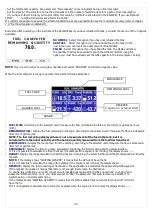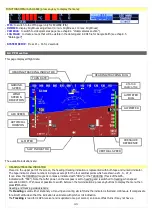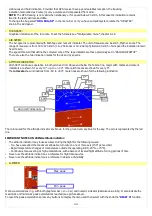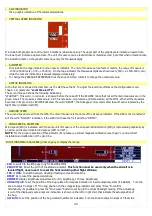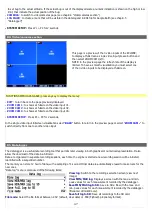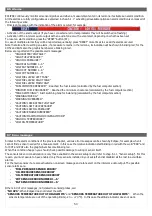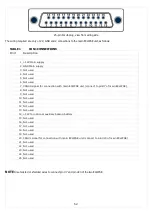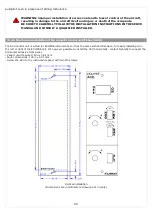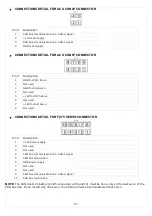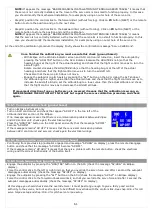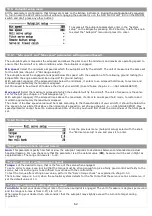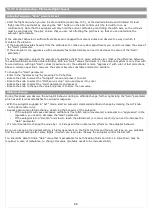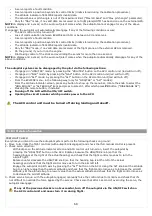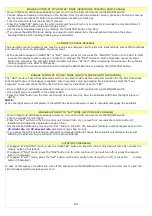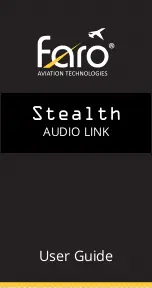
10
Autopilot system
10.1. Requirements
The following components are required for the autopilot to function:
- Flybox® ECLIPSE instrument with primary flight data (PFD or IFIS models).
- Autopilot Control Unit (Flybox® ACU).
- 1 Flybox® FX75 digital servo for roll control.
- 1 Flybox® FX75 digital servo for pitch control.
10.2. Autopilot overview
The autopilot system can use 1 or 2 servos, that need to be connected to the control stick for roll and pitch control.
The currently available functions are:
•
Horizontal navigation (roll axis control):
- Magnetic heading hold.
- GPS tracking hold.
- Track to a waypoint (GOTO function, require an external GPS with NMEA messages
$GPRMC $GPRMB
$GPGGA
).
- Track a flight plane (require an external GPS with NMEA messages
$GPRMC $GPRMB $GPGGA
).
•
Automatic course reversal (180°).
•
Vertical navigation (pitch axis control):
- Altitude hold.
- Altitude change.
10.3. Installation
Installation of the autopilot system consists of the following steps:
1) Mechanical installation of the servo/s. If your aircraft does not have predetermined location and control linkage
you need to find a suitable location for the servo/s installation.Consult the aircraft manufacturer in case of doubt.
2) Mechanical installation of the instruments on the panel: E Autopilot Control Unit ACU.
3) Electrical installation: wirings between Eclipse / ACU and between ACU / servos.
4) Ground based test and configuration of the autopilot system.
5) Flight based test and calibration of the autopilot system.
10.3.1 Mechanical installation of the servo/s
The Flybox® FX75 digital servos incorporates important safety features:
It has a reliable disengaging system: situations like severe turbolence or something other kind of anomaly
will not be a problem, because the pilot can take in any case the immediate control of the plane.
When the autopilot isn't engaged, the internal gears are completely disconnected, then at difference as some
servomotors the pilot will not feel no residual torque at the command stick, giving a confortable flight.
In case of mechanical failure, the gear train is engineered to be reversible: the pilot can overtop the power of
the brushless motor, it provides to the servomotor a further safety level.
The output torque is electronically adjustable, and in case of forced action from the pilot on the command
stick, the disengage will be without the breaking of a shear pin (unlike other servomotors on the market that
use that mechanical safety system that after the break, needs a remediation action to work again).
A software function disengage the autopilot if the pilot override the servo for more than 1 seconds.
It's recommended to install also the remote disengage button, to have an immediate way to disengage the
54
Содержание Eclipse
Страница 6: ...ECLIPSE PART I INSTALLATION 6 ...
Страница 7: ...2 Dimensions 7 ...
Страница 22: ...ECLIPSE PART II OPERATING MANUAL 22 ...



